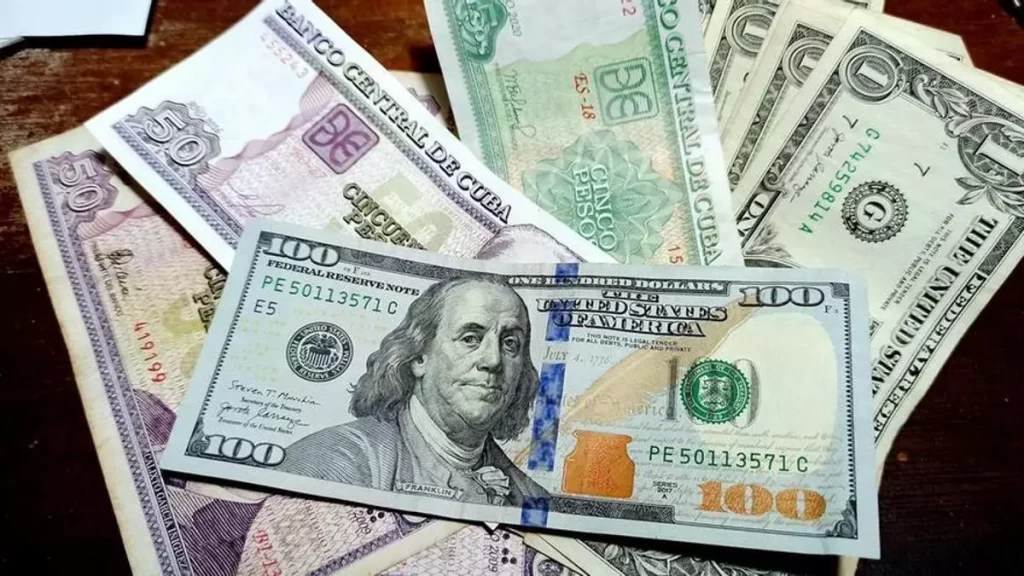
HAVANA TIMES – Cuban Prime Minister Manuel Marrero said on Monday that among the Government’s pending and urgent tasks is “the restructuring of the foreign exchange market,” set for February. Now in March, and without measures on the horizon, it is impossible to contain the fall of the Cuban peso. In the midst of government inaction, the escalation in the price of foreign exchange is unstoppable, and the forecasts of the Observatory of Cuba’s Currency and Finances (OMFi) predict that both the euro and the dollar could exceed 340 pesos in the informal market this month.
In its monthly report, the OMFi, an independent project promoted by Cuban economists and journalists to provide information about the foreign exchange market and the evolution of the country’s financial and economic indicators, states that in February the euro reached 320 pesos, while the US dollar reached 314 and the MLC (the Cuban magnetic currency) reached 268, which meant a depreciation of the national currency by more than 8% with respect to the foreign currencies and 5.1% in relation to the virtual MLC. Despite the disastrous data, it is a relief compared to the month of January, when the peso lost 18.5% of its value against the dollar and 17.6% compared to the euro.
“Due to the constant informal market depreciation of the peso and the inaction of the economic authorities in terms of exchange rate policy, the gap between the multiple exchange rates in the economy continues to widen,” says the document, signed by the Cuban economist Pavel Vidal, a resident of Colombia.
The OMFi, which manages a model by which it predicts the depreciation of the peso, estimates that in March there will be on average a new devaluation of the national currency of 8% with respect to the euro and 9% against the dollar, with a maximum of 340 pesos or 330 in a more conservative scenario. According to its analysis, the consistent devaluation shows that there are no speculative factors behind the rise, but that its origin is related to “the permanence of fundamental imbalances connected with the crisis in national production, inflationary pressures and limited foreign exchange income in the economy.”
The argum


